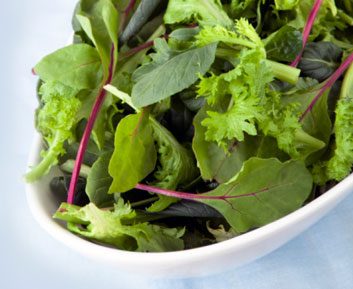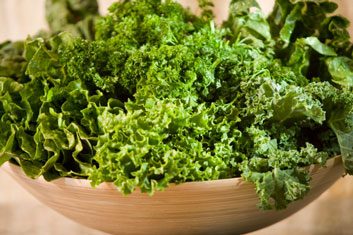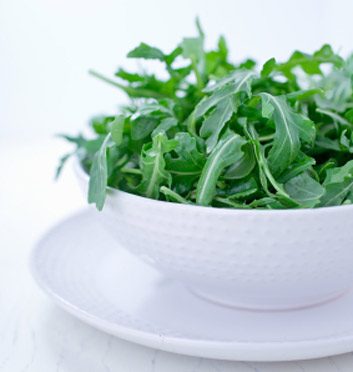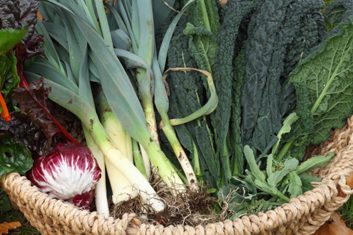
They balance our taste buds
According to Statistics Canada, one in every five calories Canadians consume come from sugar found in sodas, energy drinks, salad dressings, candy, cereals and snack foods.
“We all have different sensory levels. It depends on genetics, what you’ve trained your body to like, what your mother ate when you were in utero or what your heritage is,” says Theresa Albert, a Toronto-based registered nutritionist and founder of the website, My Friend in Food.
But you can train your taste buds to like healthier foods.
Every time you eat whole foods (including bitter greens) you increase your appetite for nutritious foods, explains Albert.

They help us absorb nutrients
“Bitter foods and herbs help to stimulate digestive juices and support food digestion,” says professional dietitian Nicole Dube of Halifax, N.S. “Bitter foods help stimulate our taste receptors on the tongue, which subsequently stimulates enzyme production and bile flow. The better your food is digested, the more nutrients you will absorb from your food. It doesn’t matter what you eat, if you can’t absorb it, it won’t be of much benefit to you.”
Dube recommends a balanced diet that includes all types of foods. However, “if someone was having digestive issues I would recommend that they try a bitter food, such as a dandelion green salad before a big meal.”

They detoxify our livers
“We’re just starting to discover the benefits of greens,” says Albert, who explains that centuries ago, in ancient Chinese and Hindu diets, culinary traditions regularly included bitter foods.
Bitter greens like radicchio, dandelion greens, rapini, endive, kale, daikon and arugula contain phytonutrients that support the liver as it manages cholesterol, balances hormones, detoxifies the blood and metabolizes fats.

They’re packed with vitamins and minerals
In general, bitter greens are packed with nutrients including vitamins A, C and K and minerals like calcium, potassium and magnesium. They are high in folate and fibre and low in fat and sodium.
Arugula, for example, is packed with beta carotene, vitamin C, calcium and iron, while dandelion greens provide vitamins A, E, K, calcium, iron and antioxidants.

They reduce sugar cravings
It’s recommended that adults consume eight to 10 cups of fruits and vegetables every day. Depending on age group and gender, the Canadian Diabetic Association (CDA) suggests that Canadians consume between 25 to 30 grams of fibre each day and that diabetics consume up to 50 grams of fibre to control blood glucose levels.
“We encourage people to eat their greens for nutrients, fibre and satiety-whether bitter or not-so the temptation to reach for sugar-laden foods is reduced,” says Joanne Lewis at the CDA. “Greens are an important part of healthy eating, although bitter greens require a certain palate.”

How to eat bitter greens
Rinse and wash greens carefully in cold water to remove sand and grit, then dry them in a salad spinner or blot to remove excess water. Eat greens raw or cooked and toss with olive oil for better absorption of the fat soluble vitamins.
For some, bitter greens may take getting used to. Albert suggests combining bitter greens with blueberries, dates or strawberries and other greens to vary the flavours and textures at mealtimes. Dube suggests that people chew bitter greens well to stimulate their digestive juices.
Luckily for chocolate and coffee lovers, greens aren’t the only bitter foods with healthy benefits. Studies that show that these two indulgences also contain beneficial phytonutrients.
Related:
• 6 ways to fall in love with kale
• Is chocolate healthy?
• Bad habits that affect your sense of taste
